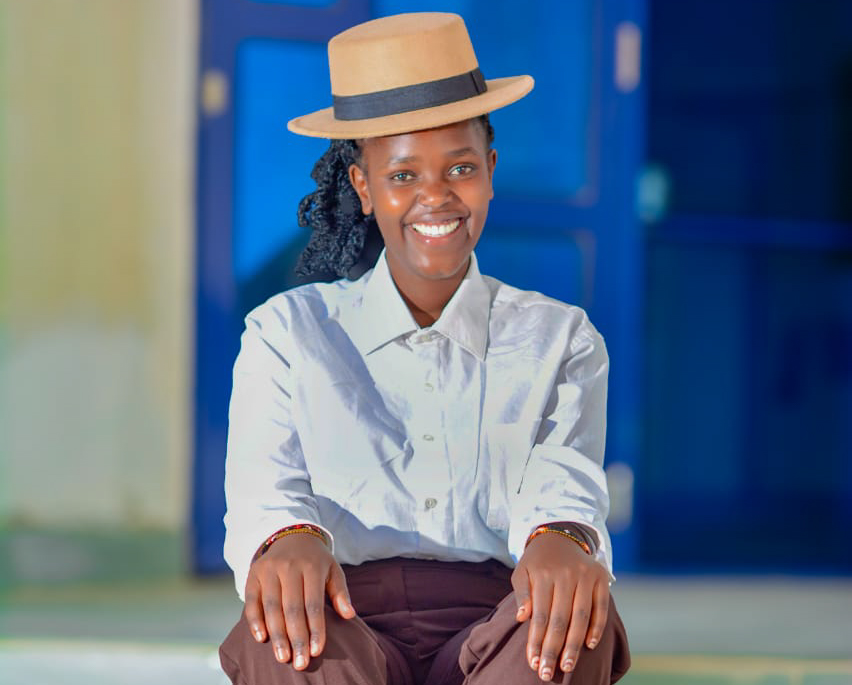
Damaris Wanjiku
[Speech by Damaris Wanjiku, a student from Tom Mboya University who was trained to support the People's Adaptation Planning process in her County, Homa Bay, Kenya, at GCA's Intergenerational Dialogue on Youth as Leaders in Locally Led Adaptation on 9 July 2025]
Good afternoon. My name is Damaris Wanjiku, and I proudly represent Tom Mboya University and the students who directly supported the Homa Bay planning process. Today, I speak not only as a student, but as part of a generation that is actively shaping the future of locally led adaptation (LLA), a future that puts communities first, and where youth are no longer bystanders but co-creators of local solutions.
Through this process, we were trained in GIS, spatial data management, and mapping—skills that allowed us to transform raw, community-collected data into powerful planning tools. We digitized building outlines, compiled datasets, and linked them to formal planning systems. But this was more than just a technical exercise—it was a transformational experience. It brought to life a core principle of LLA: that effective adaptation must be rooted in the lived realities of local people.
This was not learning for the sake of learning—it was learning by doing, in service of our communities. We understood, firsthand, how adaptation must be built from the ground up—guided by local knowledge, validated by academic research, and delivered by those who live closest to the risks.
As youth, we were not only supporting the process—we were growing through it. We’re now equipped with practical, context-specific skills that make us active contributors to adaptation efforts. We are not just students in classrooms—we are local experts in the making, ready to implement and scale community-led solutions.
So let me ask: Your Excellency, Governor, youth in Homa Bay have shown they are ready. What specific steps is the County taking to institutionalize youth as formal contributors in climate planning and service delivery, beyond one-off engagements?
LLA calls for locally grounded, inclusive, and sustainable responses to climate risks. But for this to be fully realized, we need to institutionalize this model of collaboration. Local universities like Tom Mboya must be recognized as strategic partners in adaptation. We are embedded in the community, we understand local dynamics, and we are backed by scientific rigor.
We bridge the gap between academic research and community knowledge. This university–community collaboration is working. How are your governments supporting academic institutions to play strategic roles in advancing youth-led, locally grounded adaptation planning? Taking what they learn in lecture halls and apply it to real challenges. Bringing local needs into research labs, validating them through tools making sure that local priorities are not only heard but scientifically supported and integrated into planning.
The potential is massive—but we need leadership that is bold enough to invest in this model. Prof. Verkooijen, GCA has led the charge on Locally Led Adaptation. How is GCA ensuring that youth–university–community models like the one here in Homa Bay are scaled up and resourced across Africa? Counties must create formal pathways for local institutions and youth to participate meaningfully in adaptation planning and implementation. If we want locally led adaptation to succeed, then we must lead it locally with our own youth, our own knowledge systems, and our own institutions.
So I leave you with this: LLA is not just a theory. It’s happening right here. And youth are already stepping up. What we need now is recognition, partnership, and long-term investment.
We’re not waiting for the future—we’re already shaping it.